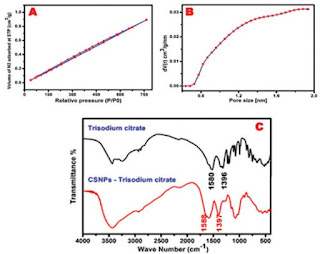Comparison of Sodium Concentration between Ham Dry Cured with NaCl and a KCl/NaCl Mixture: A Systematic Review: OAJBS Publishers
Cured
products are popular in developed countries; however, due to an increased risk
of cardiovascular disease, associated in part with higher sodium consumption in
the human diet, it is convenient to explore alternative food preservation
methods without altering the chemical properties of ham. Legs of pigs
(corresponding to the pelvic member) from the same batch raised in an extensive
production system were processed using the traditional method of cured ham. The
left legs were cured using a treatment with NaCl (treatment A), while a mixture
of NaCl / KCl (treatment B) was used for the right legs. Changes in weight, Na
and K concentration, as well as pH were evaluated and compared at the end of
the process. The inclusion of KCl produces a decrease in Na (p < 0.05) and
an increase in K (p < 0.05). It was recorded 11.11 ± 1.467% Na and 1.59 ±
0.161% K in treatment A and 8.74 ± 1.156% and 3.89 ± 0.542% K in treatment B.
Regarding pH, the values for treatment A were 5.36 ± 0.064 and 5.48 ± 0.101 for
treatment B (p > 0.05). This indicates that it would be possible to replace
sodium chloride (NaCl) with potassium chloride (KCl) at 25% in the preparation
of artisanal ham enables the production of healthier foods for many occasions.
This also allows us to replace sodium with other salts without altering the
distinctive properties of the final product.
https://biomedscis.com/fulltext/comparison-of-sodium-concentration-between-ham-dry-cured-with-nacl-and-a-kcl-nacl-mixture.ID.000217.php
To
Know More About Open Access Journal of
Biomedical Science Please Visit: Biomedscis
Are
Click On: https://Biomedscis.Com/



Comments
Post a Comment